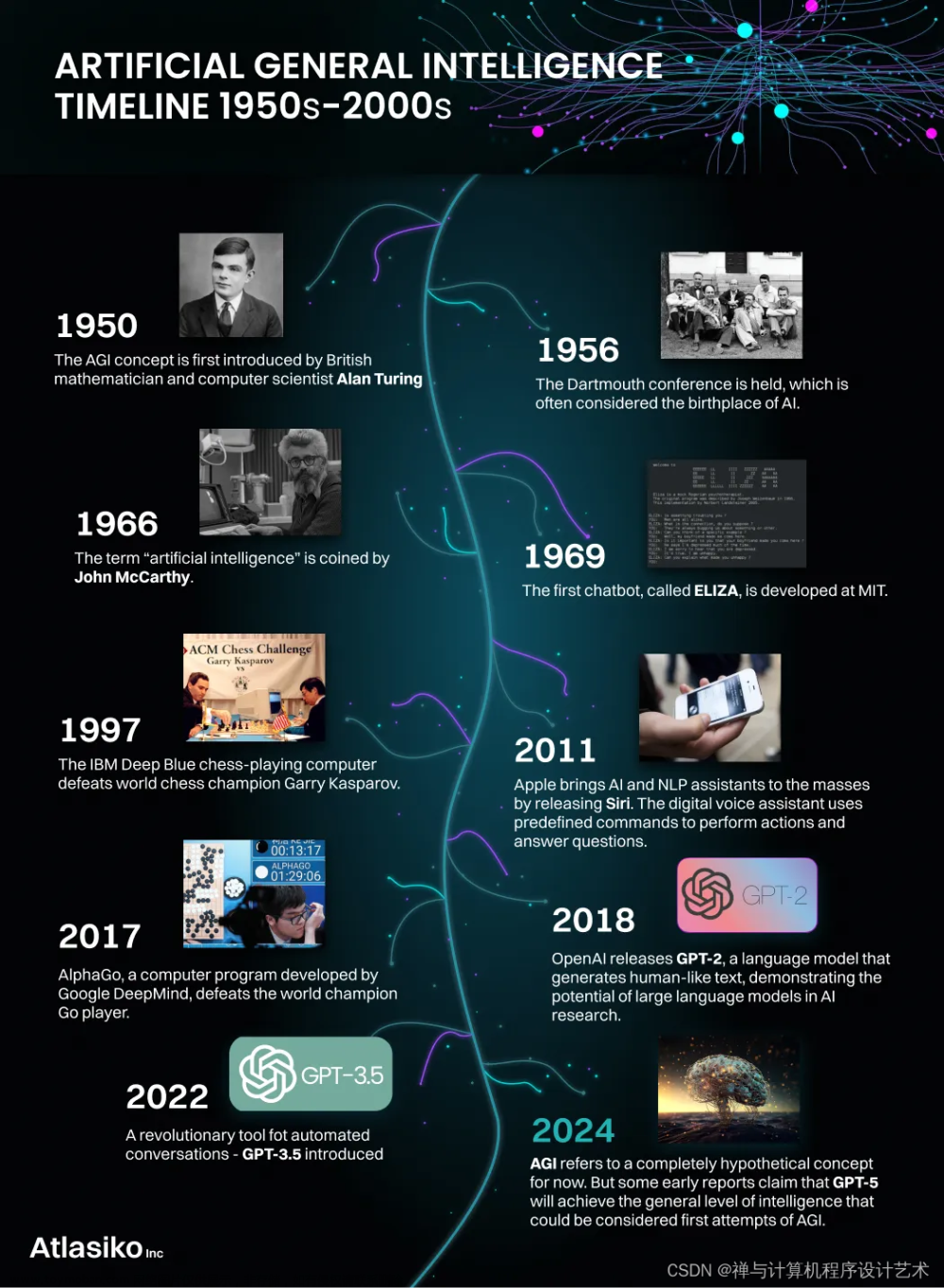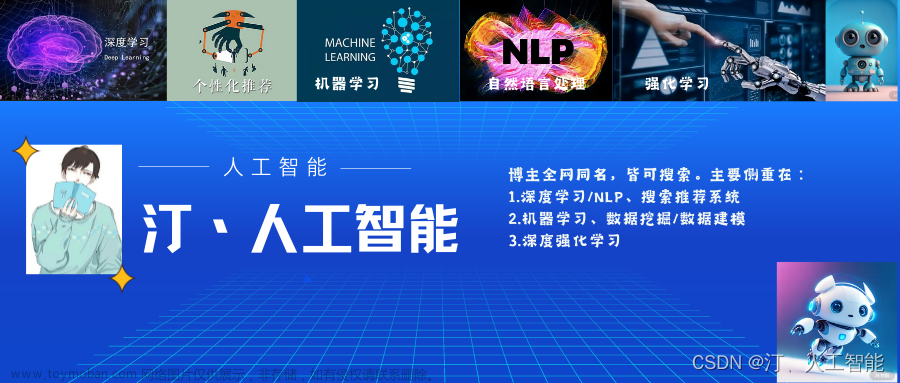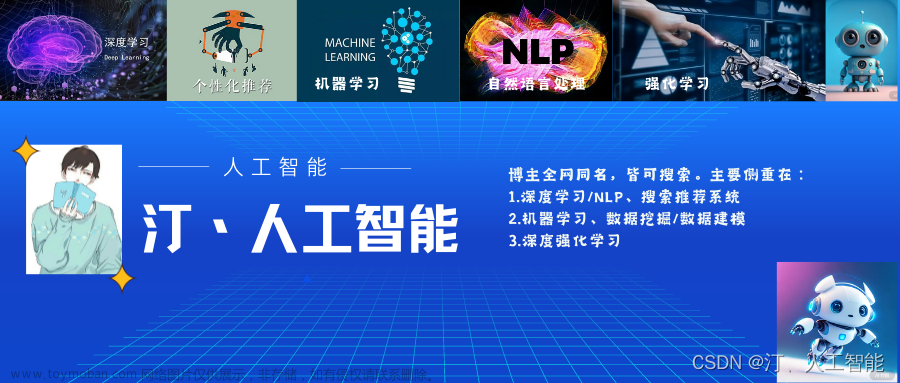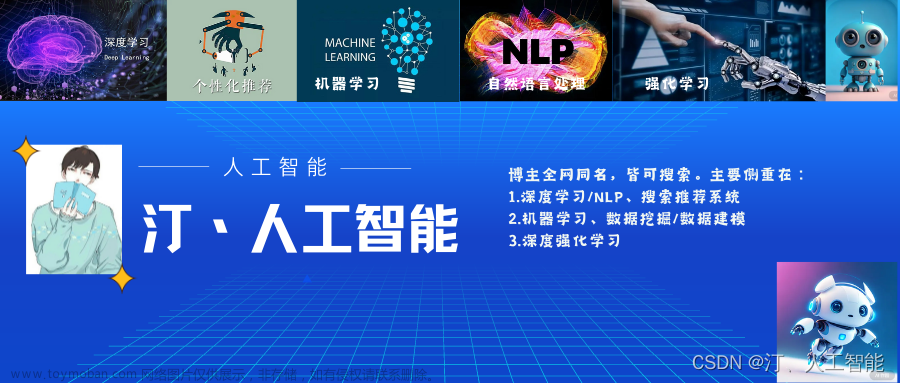大型语言模型(Large Language Models,LLMs)是一类强大的人工智能模型,具有出色的自然语言处理能力。它们在许多任务中表现出色,如机器翻译、文本摘要、对话生成和情感分析等。下面我们将介绍大型语言模型的训练和生成过程,以及它们在实际应用中的重要性。
Large Language Models (LLMs) are powerful artificial intelligence models with exceptional natural language processing capabilities. They excel in various tasks such as machine translation, text summarization, dialogue generation, and sentiment analysis. In the following sections, we will discuss the training and generation process of large language models, as well as their significance in practical applications.
大型语言模型的基本原理
The Basic Principles of LLMs
LLMs 的核心原理是基于深度学习和神经网络技术。它们通过训练大规模的语言数据集,从中学习语言的模式和规律,并根据这些学习到的知识生成新的文本。
The core principle of LLMs is based on deep learning and neural network technology. They are trained on large-scale language datasets to learn patterns and regularities in language and generate new text based on the knowledge acquired.
LLMs 的训练过程是一个迭代的过程,通过不断调整模型参数,使得模型能够更好地预测下一个词或句子的概率分布。
The training process of LLMs is an iterative one, where model parameters are continuously adjusted to improve the model's ability to predict the probability distribution of the next word or sentence.
模型训练和优化
Model Training and Optimization
大型语言模型的训练过程涉及大量的参数调整和优化。通过将模型暴露给大规模的文本数据,并使用反向传播算法来更新模型的权重,以最大程度地提高模型的性能和准确度。
The training process of Large Language Models involves extensive parameter tuning and optimization. By exposing the model to massive amounts of text data and utilizing backpropagation algorithms, the model's weights are updated to maximize performance and accuracy.
举个例子,假设我们要训练一个大型语言模型来生成句子。我们会向模型输入大量的句子样本,比如:“今天天气很好。”、“我喜欢吃冰淇淋。”等等。模型会根据这些输入样本学习到词语之间的关联和语法规则。通过不断调整模型的权重,它逐渐学会生成符合语言规则的新句子。
For example, let's say we want to train a large language model to generate sentences. We feed the model with a large number of sentence samples such as "The weather is nice today" or "I like to eat ice cream." The model learns the associations and grammar rules between words from these input samples. By continuously adjusting the model's weights, it gradually learns to generate new sentences that adhere to the language rules.
生成和推理
Generation and Inference
一旦大型语言模型经过训练,它就可以用于生成新的文本。在生成过程中,模型会根据输入的上下文和语言规则,预测下一个最有可能的单词或短语。这种生成过程可以用于自动摘要、对话生成、文本创作等各种任务。
Once the large language model is trained, it can be used to generate new text. During the generation process, the model predicts the next most probable word or phrase based on the input context and language rules. This generation process can be applied to various tasks such as automatic summarization, dialogue generation, and text composition.
举个例子,假设我们的模型已经训练好了,我们输入一个句子:“今天天气很...”,模型可以预测下一个词可能是“好”。因为根据语言规则和经验,我们知道“今天天气很好”是一个常见的表达方式。通过不断预测下一个词,模型可以生成完整的句子。
For example, let's say our model is trained, and we input a sentence fragment: "The weather is...". The model can predict that the next word might be "good" because based on language rules and prior knowledge, we know that "The weather is good" is a common expression. By continuously predicting the next word, the model can generate complete sentences.
应用领域
Applications
大型语言模型在各个领域都有着广泛的应用。
Large language models have wide-ranging applications across various domains.
自然语言处理和机器翻译
Natural Language Processing and Machine Translation
大型语言模型在自然语言处理和机器翻译方面有广泛的应用。它们可以帮助机器理解和生成人类语言,从而实现自动化的文本处理和翻译任务。
LLMs have wide applications in natural language processing and machine translation. They can assist machines in understanding and generating human language, enabling automated text processing and translation tasks.
例如,LLMs 可以用于文本分类、情感分析、命名实体识别等任务,也可以用于实现高质量的机器翻译。
For example, LLMs can be used for tasks such as text classification, sentiment analysis, named entity recognition, and can also be employed to achieve high-quality machine translation.
在自动摘要方面,它可以帮助我们从一篇长文本中提取关键信息,生成简洁准确的摘要。比如,在阅读一篇新闻文章时,模型可以帮助我们快速了解文章的核心内容,节省阅读时间。
In the field of automatic summarization, large language models can help extract key information from long texts and generate concise and accurate summaries. For instance, when reading a news article, the model can assist us in quickly grasping the core content of the article, saving reading time.
虚拟助手和聊天机器人
Virtual Assistants and Chatbots
LLMs 可以作为虚拟助手和聊天机器人的核心引擎,为用户提供智能的对话和个性化的服务。通过对用户的输入进行理解和生成有意义的回应,LLMs 可以模拟人类对话的过程,并且能够不断学习和改进。
LLMs can serve as the core engine for virtual assistants and chatbots, providing users with intelligent conversations and personalized services. By understanding user inputs and generating meaningful responses, LLMs can simulate the process of human dialogue and continuously learn and improve.
内容生成和创作助手
Content Generation and Writing Assistance
LLMs 可以辅助写作、创作和内容生成。它们可以为作家提供灵感,帮助生成文章、剧本和其他文本内容。通过与作家的合作,LLMs 可以提供创作建议、自动校对和修订等功能,提高文本质量和创作效率。
LLMs can assist in writing, creative tasks, and content generation. They can provide inspiration for writers and help generate articles, scripts, and other textual content. Through collaboration with writers, LLMs can offer creative suggestions, automatic proofreading, and revision functions to enhance text quality and improve writing efficiency.
如果你遇到写作困难或需要一些创作启发,大型语言模型可以提供相关的信息和句子结构,帮助你展开想象力。
If you encounter writer's block or need some creative inspiration, large language models can provide relevant information and sentence structures to help unleash your imagination.
信息检索和推荐系统
Information Retrieval and Recommendation Systems
LLMs 可以用于信息检索和推荐系统,通过理解用户的查询意图和上下文,提供准确的搜索结果和个性化的推荐内容。LLMs 可以分析用户的搜索历史、兴趣和偏好,从而提供更精准和有用的信息。
LLMs can be used in information retrieval and recommendation systems, providing accurate search results and personalized recommendations by understanding user query intents and contexts. LLMs can analyze user search history, interests, and preferences to offer more precise and useful information.
总结
Summary
大型语言模型通过训练和生成过程,能够模拟人类语言能力,实现自然语言处理的多种任务。它们的训练过程涉及参数调整和优化,通过大量的文本数据来学习语言规则和模式。一旦训练完成,模型可以生成新的文本,用于自动摘要、对话生成、文本创作等任务。大型语言模型在各个领域的应用非常广泛,为我们提供了强大的自然语言处理能力,推动了人工智能技术的发展。
In conclusion, large language models, through the process of training and generation, can simulate human language abilities and perform various natural language processing tasks. Their training involves parameter tuning and optimization, learning language rules and patterns from vast amounts of text data. Once trained, the models can generate new text for tasks such as automatic summarization, dialogue generation, and text composition. Large language models have extensive applications in various fields, providing us with powerful natural language processing capabilities and driving the advancement of artificial intelligence technology.文章来源:https://www.toymoban.com/news/detail-520735.html
“点赞有美意,赞赏是鼓励”文章来源地址https://www.toymoban.com/news/detail-520735.html
到了这里,关于浅谈大型语言模型的文章就介绍完了。如果您还想了解更多内容,请在右上角搜索TOY模板网以前的文章或继续浏览下面的相关文章,希望大家以后多多支持TOY模板网!













